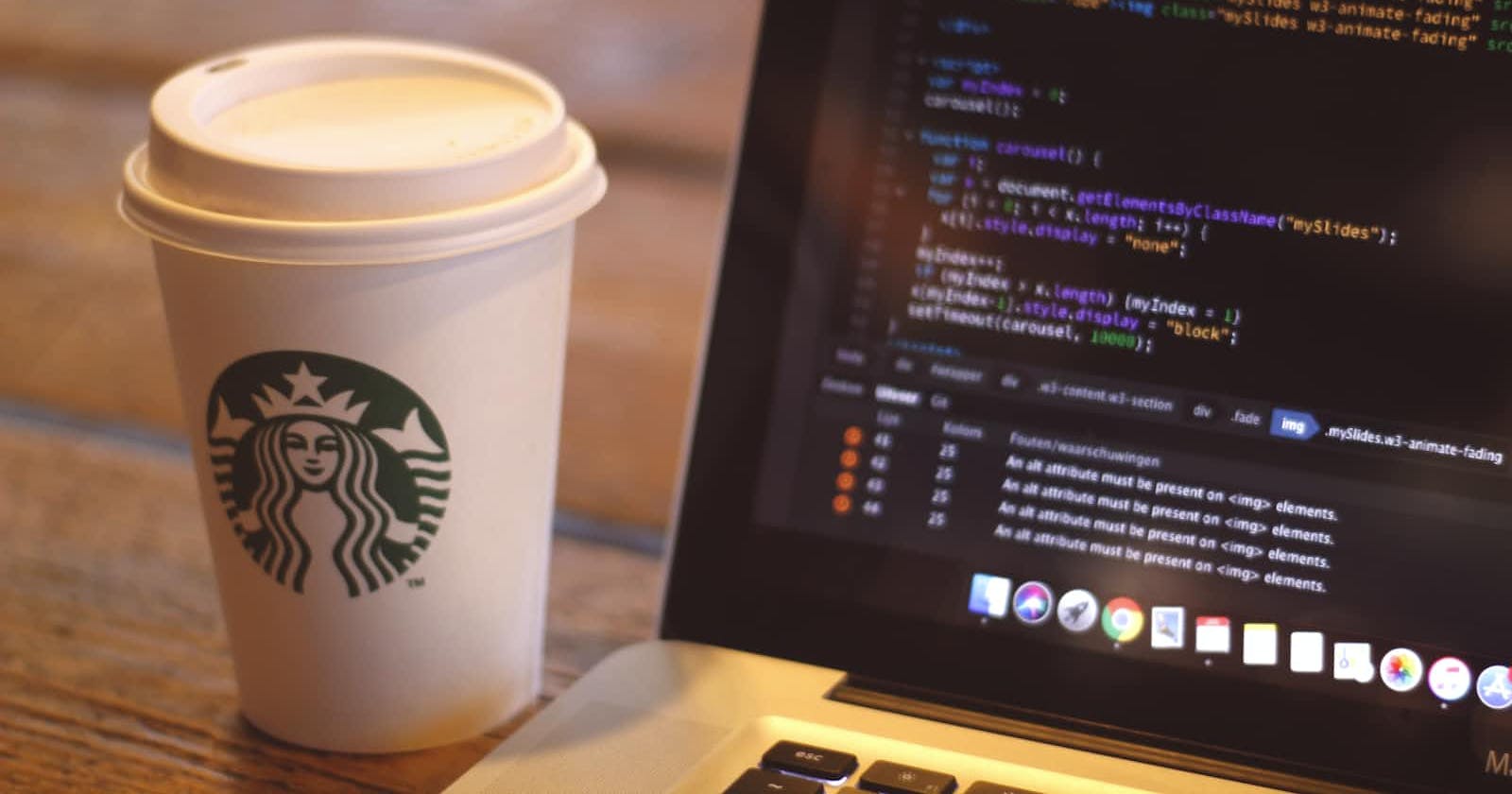As web development continues to evolve, CSS has become an increasingly vital tool for creating dynamic and responsive layouts. One of the most powerful and versatile features of CSS is Flexbox, a layout model that allows for the flexible and intuitive positioning of elements within a container. In this guide, we'll explore the basics of CSS Flexbox and provide some tips and tricks for mastering this powerful tool.
What is CSS Flexbox?
CSS Flexbox is a layout model that allows you to create flexible and responsive layouts with ease. With Flexbox, you can create complex layouts that adapt to different screen sizes and devices without having to write complicated CSS or JavaScript code.
At its core, Flexbox is based on the concept of a flex container and flex items. The container is the parent element that contains one or more children, or flex items. Flex items can be arranged horizontally or vertically within the container, and can be resized and repositioned based on their content, available space, or other factors.
Getting Started with Flexbox
To start using Flexbox in your CSS, you first need to define a flex container. This is done by setting the display property of the container element to flex. For example, to create a simple horizontal layout, you could use the following CSS:
CSS
Copy
.container {
display: flex;
}
Once you've defined a flex container, you can start adding flex items to it. Flex items are simply child elements of the container that you want to position and size using Flexbox. To make an element a flex item, you need to set its display property to flex. For example, to create a simple layout with two items, you could use the following HTML and CSS:
html
Copy
<div class="container">
<div class="item">Item 1</div>
<div class="item">Item 2</div>
</div>
css
Copy
.container {
display: flex;
}
.item {
display: flex;
}
By default, Flexbox will arrange flex items in a row, from left to right, with equal spacing between them. You can customize the layout of your flex items using a variety of CSS properties, including justify-content, align-items, and flex-grow.
Customizing Flexbox Layouts
One of the most powerful features of Flexbox is its ability to easily customize and adapt layouts to different screen sizes and devices. Here are some of the most commonly used CSS properties for customizing Flexbox layouts:
justify-content
The justify-content property controls how flex items are positioned along the main axis of the flex container. The main axis is the direction of the flex container, which is horizontal by default. There are several values you can use to justify-content, including:
flex-start: Aligns flex items to the start of the main axis.flex-end: Aligns flex items to the end of the main axis.center: Centers flex items along the main axis.space-between: Distributes flex items evenly along the main axis, with space between them.space-around: Distributes flex items evenly along the main axis, with space around them.
For example, to center the items within a container, you could use the following CSS:
css
Copy
.container {
display: flex;
justify-content: center;
}
align-items
The align-items property controls how flex items are positioned along the cross-axis of the flex container. The cross-axis is perpendicular to the main axis and is vertical by default. There are several values you can use for align-items, including:
flex-start: Aligns flex items to the start of the cross-axis.flex-end: Aligns flex items to the end of the cross-axis.center: Centers flex items along the cross-axis.stretch: Stretches flex items to fill the container along the cross-axis.
For example, to stretch the items vertically within a container, you could use the following CSS:
css
Copy
.container {
display: flex;
align-items: stretch;
}
flex-grow
The flex-grow property controls how much a flex item can grow relative to other items in the container. By default, all flex items have a flex-grow value of 0, which means they will not grow to fill available space. You can set flex-grow to a positive value to allow an item to grow, or to a negative value to prevent an item from growing. For example, to allow one item to take up twice as much space as the other items in a container, you could use the following CSS:
css
Copy
.container {
display: flex;
}
.item-1 {
flex-grow: 2;
}
.item-2 {
flex-grow: 1;
}
Conclusion
CSS Flexbox is a powerful tool for creating flexible and responsive layouts in web development. By defining a flex container and flex items, you can easily position and resize elements within a container using a variety of CSS properties. With justify-content, align-items, and flex-grow, you can customize the layout of your flex items and adapt your layouts to different screen sizes and devices.
By mastering CSS Flexbox, you can create dynamic and intuitive layouts that enhance the user experience of your website. So go ahead and experiment with Flexbox in your next project, and see how this powerful tool can take your web development skills to the next level!

